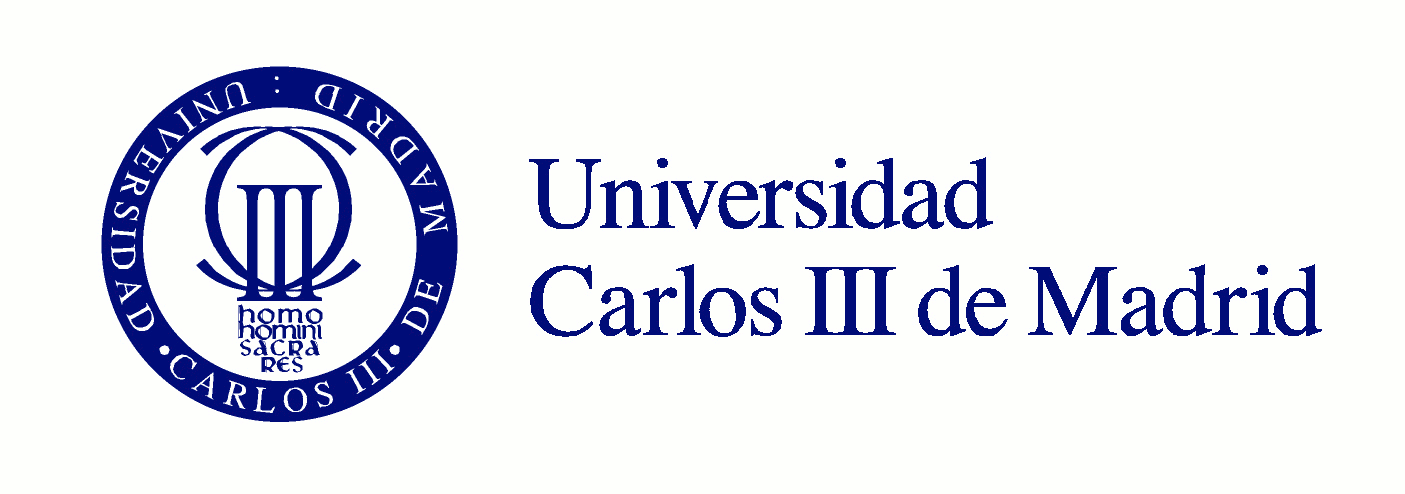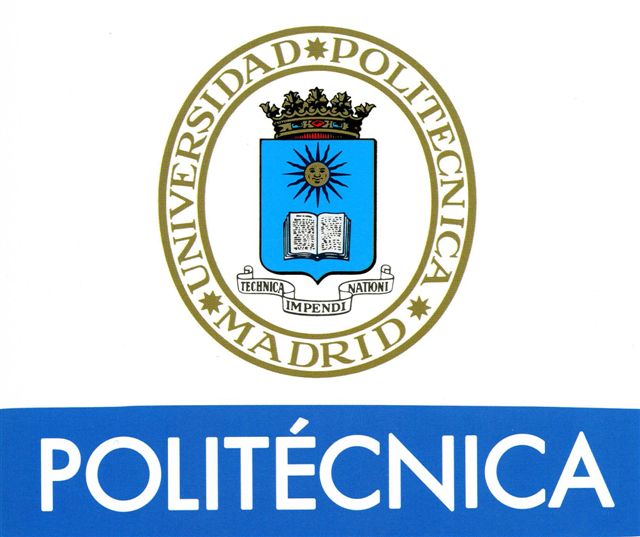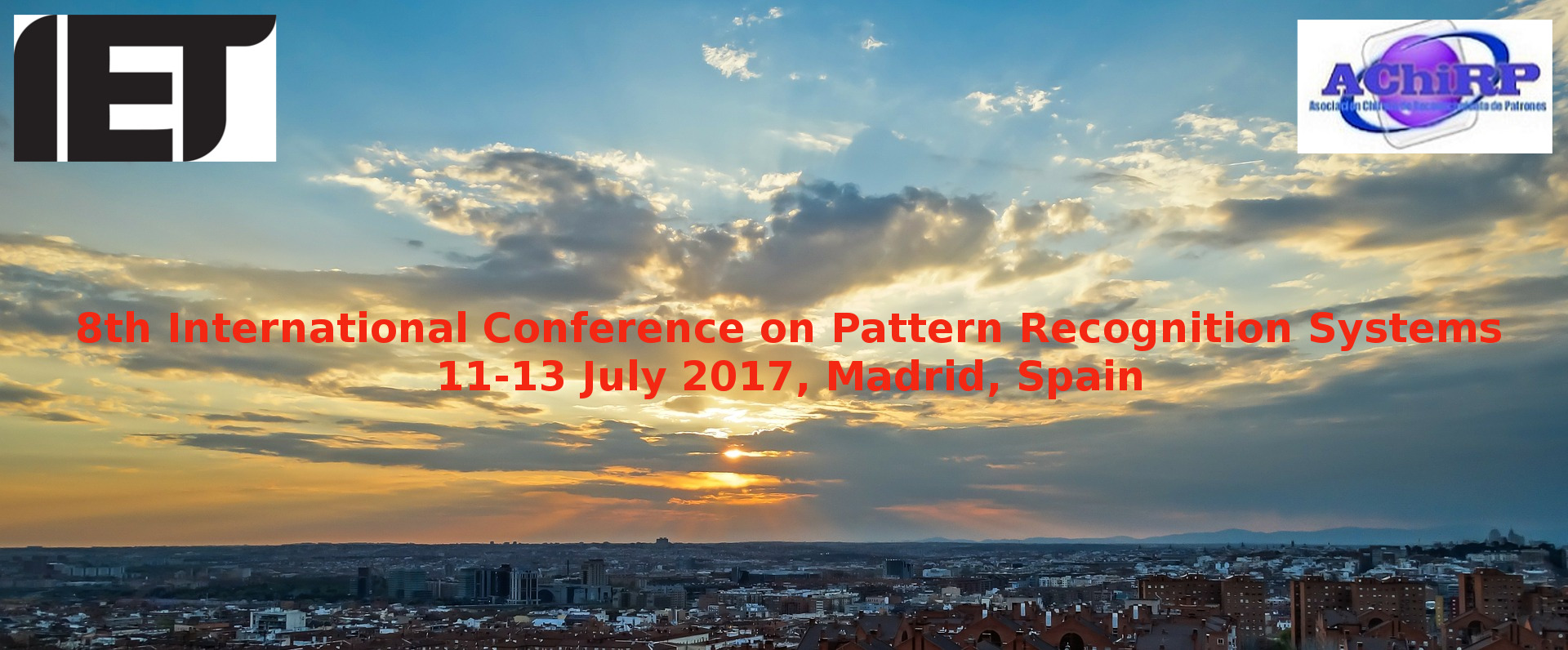Keynotes
|
|
|
|
|
Prof. Francisco Herrera, Dept. Computer Sciences and Artificial Intelligence,
Research group "Soft Computing and Intelligent Information Systems", University of Granada.
Data Preprocessing and Augmentation for Deep Learning
In the last five years, deep learning methods and particularly Convolutional Neural Networks (CNNs) have exhibited excellent accuracies in many image and pattern classification problems, among others.
Data preprocessing techniques adapt the data to fulfil the input demands of each data algorithm. Data preprocessing is an essential part of any automatic learning process. In some cases, it focuses on correcting the deficiencies that may damage the learning process, such as omissions, noise and outliers. In contrast to the classical classification models, the high abstraction capacity of CNNs allows them to work on the original high dimensional space, which reduces the need for manually preparing the input. However, a suitable preprocessing is still important to improve the quality of the result.
One of the most used preprocessing techniques with CNNs is data augmentation for small image datasets, which increases the volume of the training dataset by applying several transformations to the original input. Most of the state-of-the-art models apply data augmentation techniques at the training stage. Data augmentation replicates the instances of the training set by introducing various types of transformations, e.g., translation, rotation, several types of symmetries, etc. Such techniques decrease the sensitivity of the training to noise and overfitting.
In this talk we present the connection between deep learning and data preprocessing throughout all families of methods used to improve the deep learning capabilities, including a short review of the state-of-the-art and some applications.
Francisco Herrera received his M.Sc. in Mathematics in 1988 and Ph.D. in Mathematics in 1991, both from the University of Granada, Spain. He is currently a Professor in the Department of Computer Science and Artificial Intelligence at the University of Granada.
He has been the supervisor of 40 Ph.D. students. He has published more than 300 journal papers that have received more than 50000 citations (Scholar Google, H-index 112). He is coauthor of the books "Genetic Fuzzy Systems" (World Scientific, 2001) and "Data Preprocessing in Data Mining" (Springer, 2015), "The 2-tuple Linguistic Model. Computing with Words in Decision Making" (Springer, 2015), "Multilabel Classification. Problem analysis, metrics and techniques" (Springer, 2016), "Multiple Instance Learning. Foundations and Algorithms" (Springer, 2016).
He currently acts as Editor in Chief of the international journals "Information Fusion" (Elsevier) and “Progress in Artificial Intelligence (Springer). He acts as editorial member of a dozen of journals.
He received several honors and awards: ECCAI Fellow 2009, IFSA Fellow 2013, 2010 Spanish National Award on Computer Science ARITMEL to the "Spanish Engineer on Computer Science", International Cajastur "Mamdani" Prize for Soft Computing (Fourth Edition, 2010), IEEE Transactions on Fuzzy System Outstanding 2008 and 2012 Paper Award (bestowed in 2011 and 2015 respectively), 2011 Lotfi A. Zadeh Prize Best paper Award of the International Fuzzy Systems Association, 2013 AEPIA Award to a scientific career in Artificial Intelligence, and 2014 XV Andalucía Research Prize Maimónides (by the regional government of Andalucía). He has been selected as a 2014 Thomson Reuters
Highly Cited Researcher (in the fields of Computer Science and Engineering, respectively).
|
|
|
Prof. Ajay Kumar FIAPR, Associate Professor
Department of Computing, The Hong Kong Polytechnic University
Advances and Challenges in the Development of Next Generation Biometrics Technologies
There have been significant advancements in the development and deployment of biometrics technologies in last decade. These have also bought new challenges (like privacy, ethical, legal, medical, religious, etc.) challenges that will need to be addressed in the development of next generation biometrics technologies. This talk will include focus on such issues, also identified in
our paper
Prof. Ajay Kumar received the Ph.D. degree from the University of Hong Kong, Hong Kong, in 2001. He was an Assistant Professor with the Department of Electrical Engineering, IIT Delhi, Delhi, India, from 2005 to 2007. He is currently working an Assistant Professor with the Department of Computing, Hong Kong Polytechnic University. His current research interests are on biometrics with an emphasis on hand biometrics, vascular biometrics, iris, and multimodal biometrics. He holds five U.S. patents, and has authored extensively on biometrics and computer vision-based industrial inspection. He is an area editor for the Pattern Recognition Letters Journal and serves on the IEEE Biometrics Council as the Vice President (Publications). He was on the Editorial Board of the IEEE Transactions on Information Forensics & Security from 2010 to 2013, and served on the program committees of several international conferences and workshops in the field of his research interest. He was the Program Chair of the Third International Conference on Ethics and Policy of Biometrics and International Data Sharing in 2010, the Program Co-Chair of IJCB 2011 (Washington DC), ICB 2013 (Madrid), CVPR Biometrics Workshop in 2013-2015 and has served as General Co-Chair for IJCB 2014 (Tampa) and ISBA 2015 (Hong Kong).
|
|
|
Prof. Dr. Elmar Wolfgang Lang, Computational Intelligence & Machine Learning Group,
University Regensburg, Germany
Biomedical Image and Signal Analysis: A versatile playground for Machine Learning and Pattern Recognition Techniques
We discuss our recent work on biomedical image and signal analysis based on machine learning
techniques. Examples will be given concerning matrix decomposition methods, like empirical mode
decomposition (EMD) and (constrained) independent component analysis (ICA), applied to combined
fMRI and EEG data sets as well as EEG data from schizophrenic and depressed patients. Likewise
electromagnetic tracking (EMT) signals, collected during a high dose rate brachytherapy, will be
analyzed employing a combination of multi-dimensional scaling (MDS), singular spectrum analysis
(SSA), EMD and particle filtering (PF). Next we deal with examples of affective computing using
image stimuli. Finally human image analysis patterns will be analyzed for intelligent museum guides.
Prof. Elmar Wolfgang Lang obtained his PhD at the Institute of Biophysics of the University of Regensburg where
he later became Associate Professor in Biophysics. His main scientific interests include Machine Learning and Computational Intelligence,
Neural Networks and Neuroinformatics, Biomedical Engineering, Liquid state physics, NMR, high pressure and low temperature physics
|
|
|
Dr Emilia Barakova, Technical University of Eindhoven, The Netherlands
First and Second Person Perspectives for Interactive Robots in Social Therapies
A human-robot couples or teams constitute systems that are operating in synchrony and synergy during the instances of interaction. We analyze the first and second person perspective of interactive robots during social therapies. While first person robot vision is widely explored, the second person perspective resolves common problems related to qualitative human-robot interaction in which engagement with and responses to the other subject (person or robot) is of major importance as we have fund out during our 10 years of research on using robots in therapies with children with ASD. Learning is a basic mechanism for understanding, but also grounding social behavior on multiple levels. Robot´s constitutive, interactive and social autonomy require various learning mechanisms and coping strategies such as: (1) recognition and joint manipulation of objects by using models of hands interplay and dominance, (2) recognition and predicting of social cues, (3) combining sensing, action, and interaction.
Emilia I. Barakova, has a Ph. D. degree (99) in mathematics and physics from Groningen University, The Netherlands. She is currently affiliated with the Department of Industrial Design, Eindhoven University of Technology, The Netherlands. She has expertise in modelling social behavior and emotions, social robotics, artificial intelligence, and human-centered interaction design, and a background in Artificial intelligence (Groningen University, Bulgarian Academy of Sciences), Brain-inspired robotics (RIKEN Brain Science Institute, Japan and GMD-Japan), and Social signal processing and social robotics (Eindhoven University of Technology). She is a head the Social Robotics lab of ID department of TU/e. Barakova has organized IEEE and ACM conferences and about 10 special issues in top journals and more than 150 peer reviewed publications. She is at present an editor of Personal and Ubiquitous Computing journal and Journal of Integrative Neuroscience.
|
|
|
Prof. Ricardo Contreras A. (tbc), Department of Computer Science, Universidad de Concepción, Chile
Metaheuristics for Pattern Recognition
Meta-heuristics, are problem-independent techniques. As such, they do not take advantage of any specificity of the problem and, therefore, can be used as black boxes. This talk will present some artificial life based approaches our research team has been dealing with, that can help to solve an interesting set of optimization problems. Specific developments will be presented, to illustrate the benefits of this approach. In particular, this talk will exhibit some results obtained by using genetic algorithms, ant colony algorithms and a new technique that all explore the bacteria metaphor.
Ricardo Contreras A. Is an associate professor in the Department of Computer Science at the University of Concepción, Chile. His research focuses on artificial intelligence and evolutionary computation. His current research interests include bio-inspired system for solving optimization problems. He received an MSc in computer science from the Pontifical Catholic University, Rio de Janeiro, Brazil.
|
Local organisation:


|
|
|

